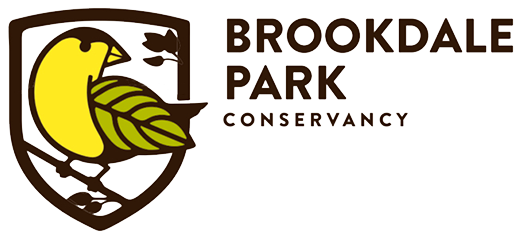The Pollinator Garden and Monarch Waystation is full of beautiful flowers and pollinators right now (July 2023); it was started in 2017 by Jean Greeley, Rutgers Environmental Steward and Master Gardener. The original patch of pollinator plants slowly grew through the years to become a much larger site with four sections, each with its own micro habitat that supports plants with differing needs.
The “Pollinator Patch” is similar to a meadow habitat, with moderate to dry soil in mostly full sun.
The “Milkweed Slope” was named for the steeply sloped spot where the original, naturally occurring common milkweed grew and inspired this garden project. Its dry and rocky conditions support erosion control plants, like grasses and sedges.
The area under the large tulip tree became the “Woodland Garden” and supports plants that thrive in dry shade.
Just uphill from the woodland garden is the “Shady Slope” with native shade-loving shrubs and ground covers enjoying almost total shade.
Stone-lined footpaths were added later and last year we added the garden arches. The latest adds are the narrow, inner pathways in the Pollinator Patch making the inner garden more accessible to work, or for visitors to just wander and observe our pollinators more closely. Some might find sitting on the large boulder - the “Sitting Rock” - a comfortable place to rest.
If you’re curious about any of the plants in the Pollinator Garden, you can learn more about each one on the newly released Pollinator Garden page on our website. This website includes a full “bio” of each species with its growth habit and needs and a bloom time/color chart to help you find what's in bloom.
Support pollinators in your home garden by:
Planting native plants. Native plants are adapted to the local climate and environment, and provide essential food and shelter for pollinators. Use our bloom time/color chart to help you plan for blooms all summer.
Avoid the use of pesticides and herbicides. These chemicals are mostly indiscriminate and can kill pollinators and beneficial insects, so it is important to use them sparingly, if at all.
Create pollinator-friendly habitats. This could include providing water sources, nesting materials, and overwintering sites for pollinators. Many of our essential insects nest in the fallen leaves so leave some in your garden beds until night temperatures are in the upper 40’s.
By taking these steps, we can help to ensure that pollinators continue to thrive. This will benefit both the environment and ourselves, as we will continue to enjoy the fruits (and vegetables) of their labor.
Additional Resources:
https://www.pollinator.org/
https://npsnj.org/
https://monarchwatch.org/
Kids Activities:
Want to be a citizen scientist? Give this family friendly Citizen Science activity a try!
Be a Nectar Connector





